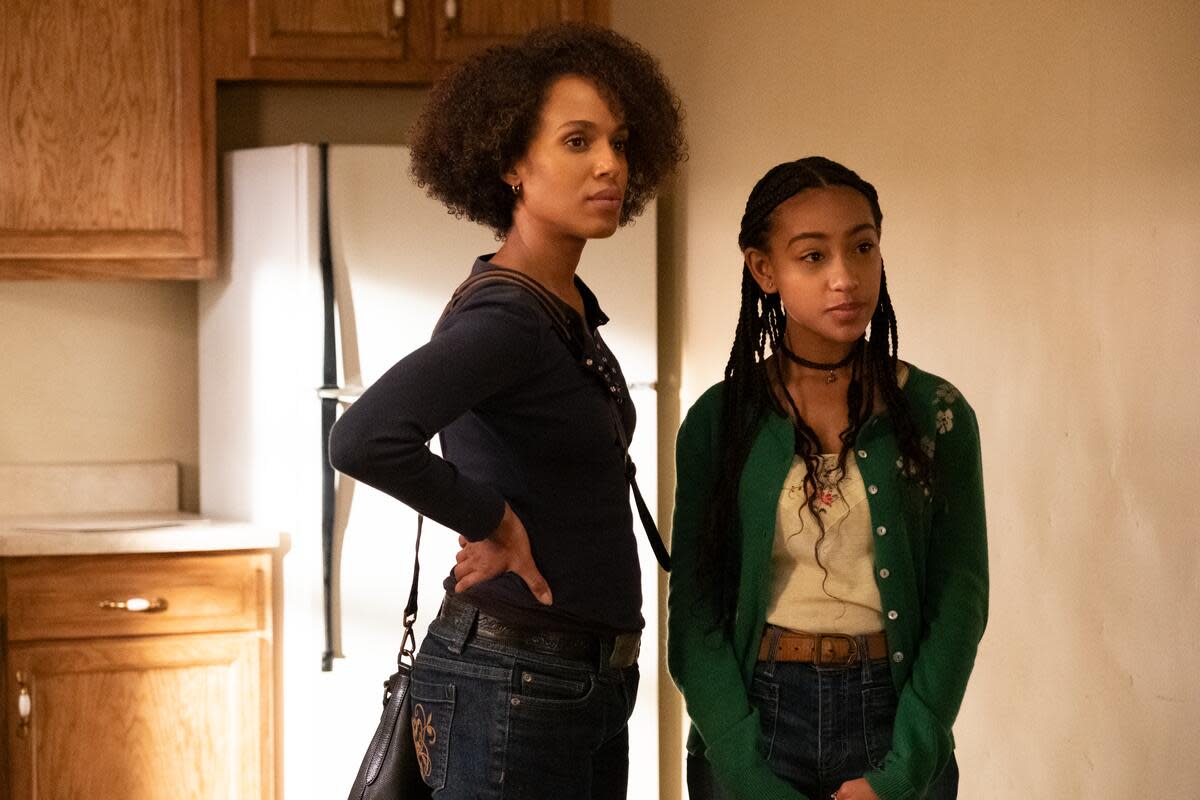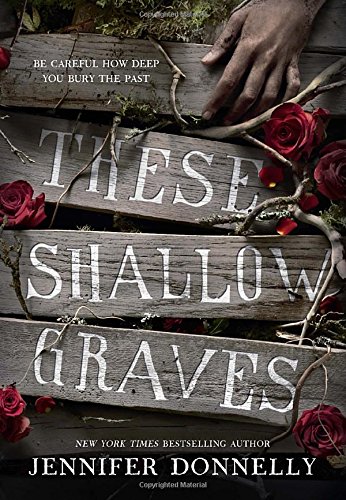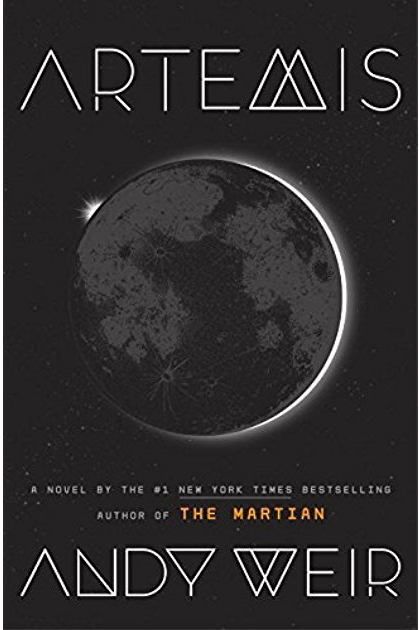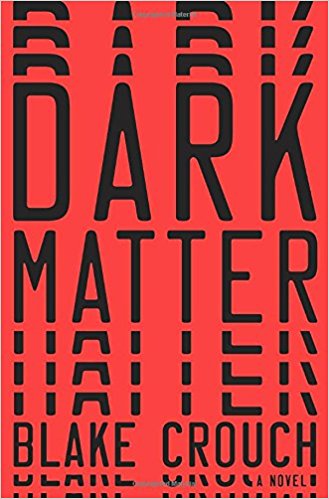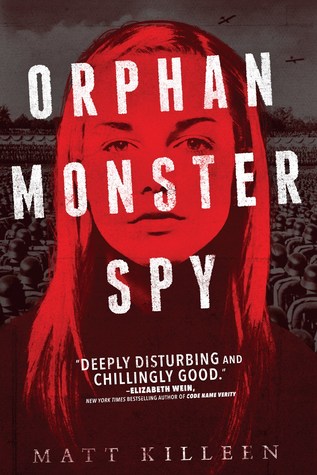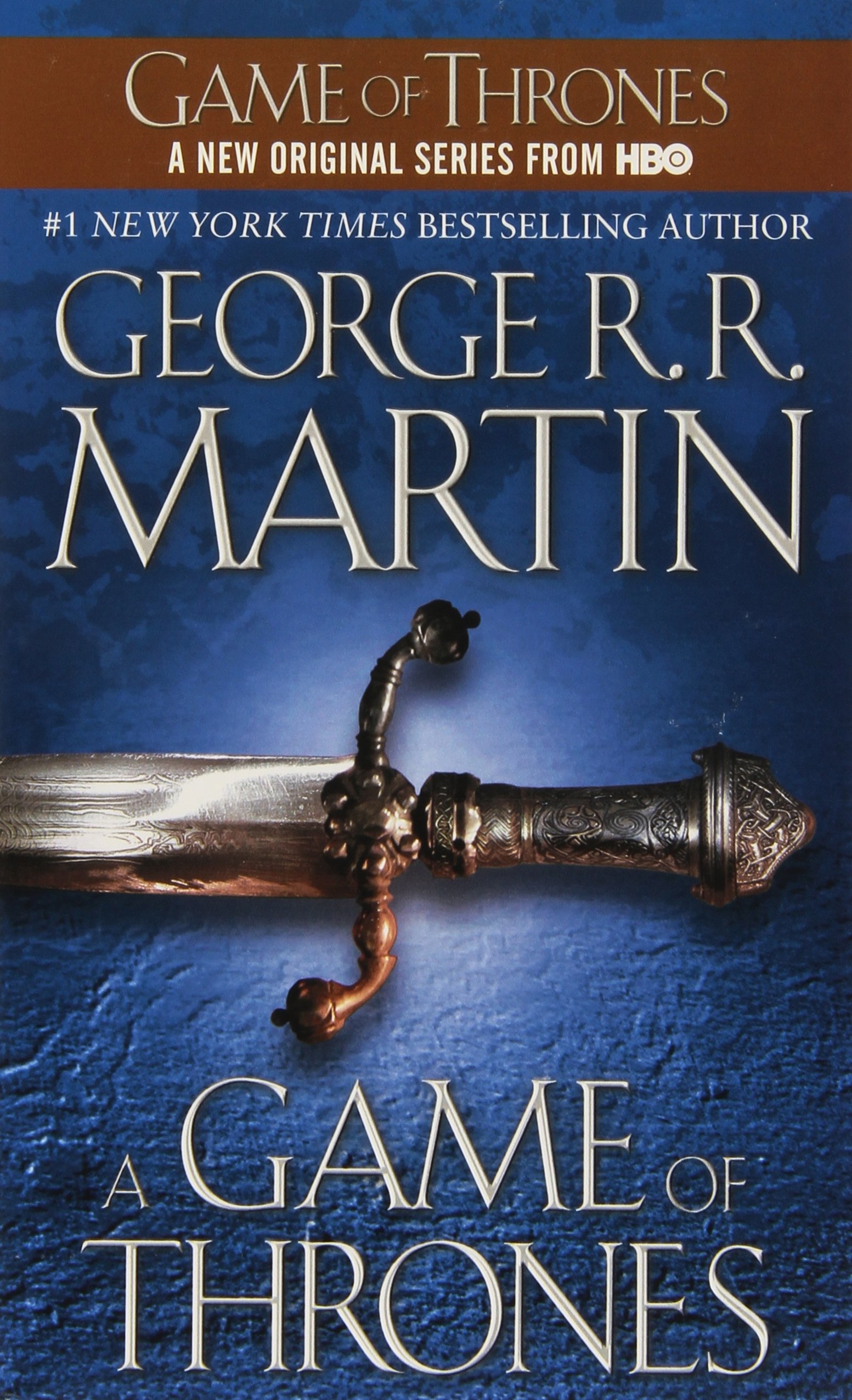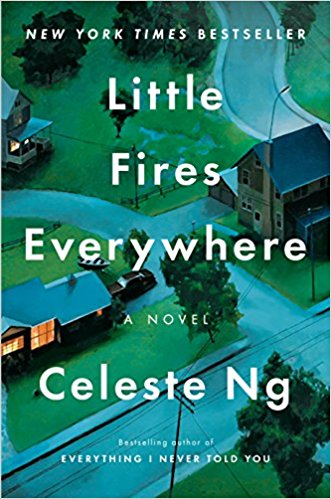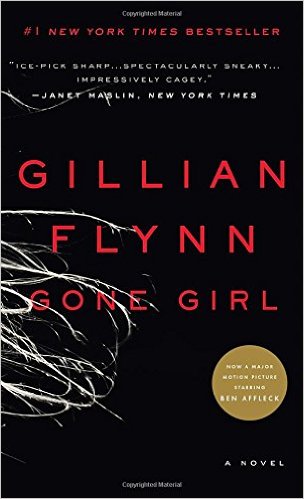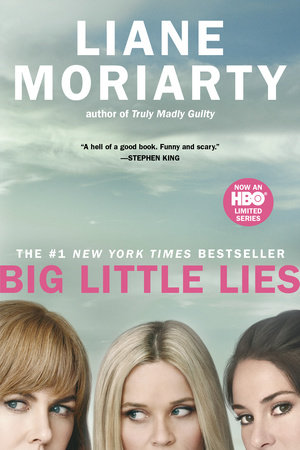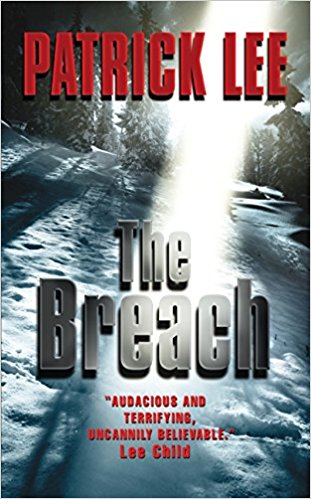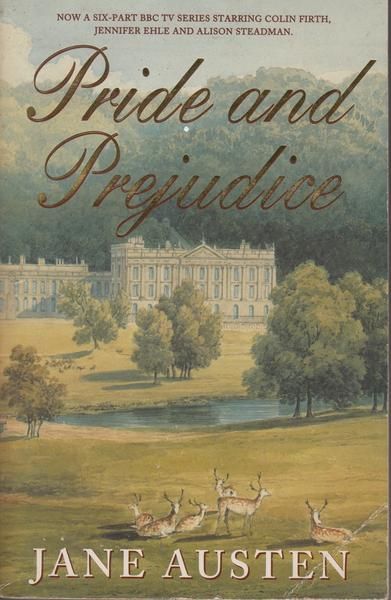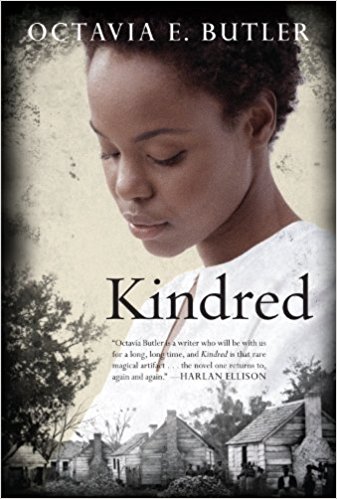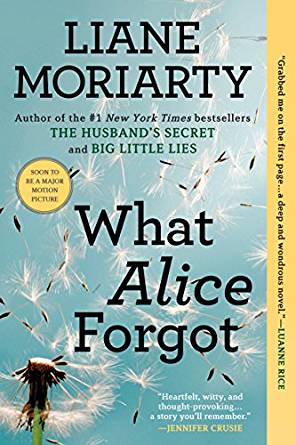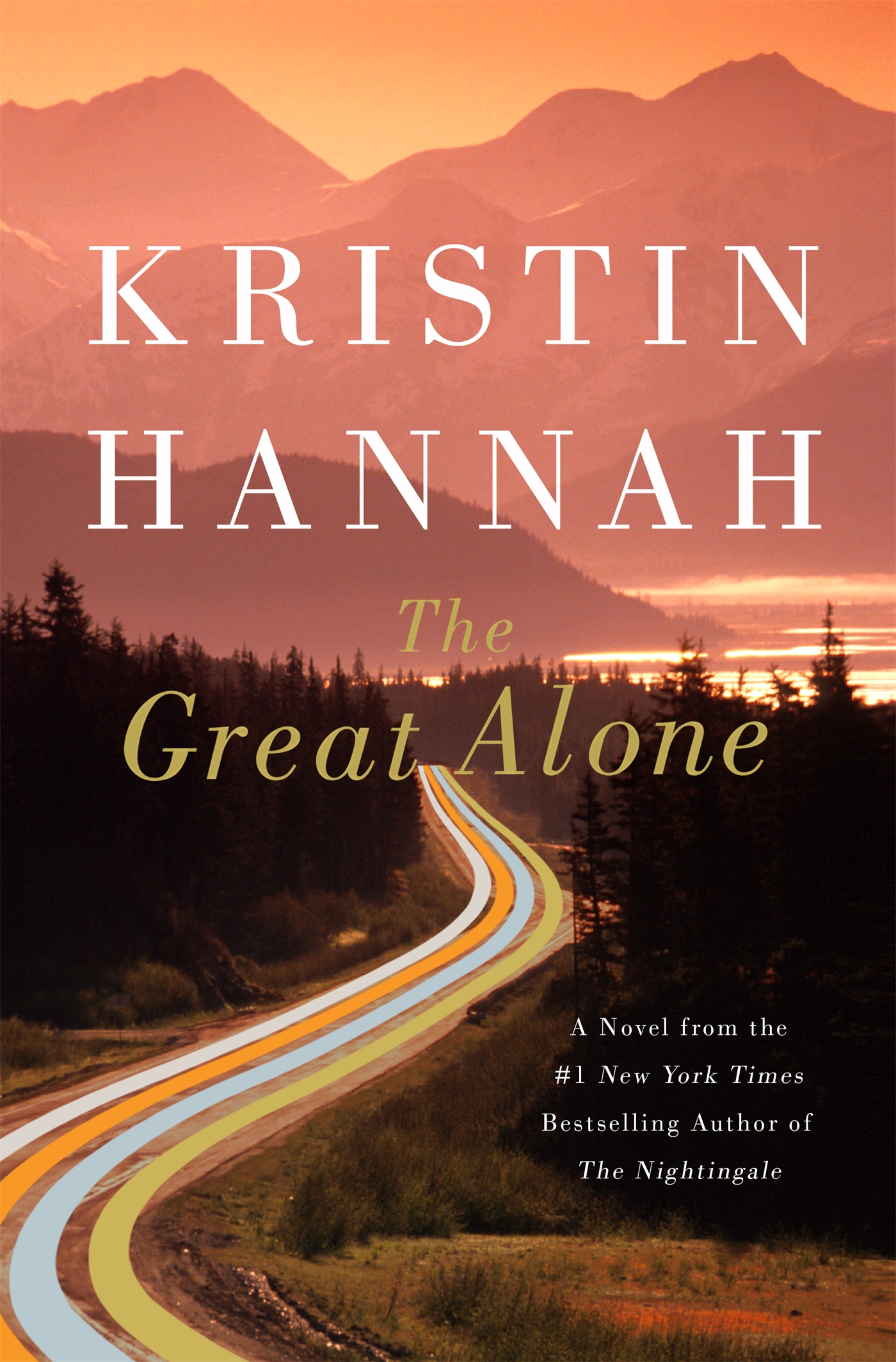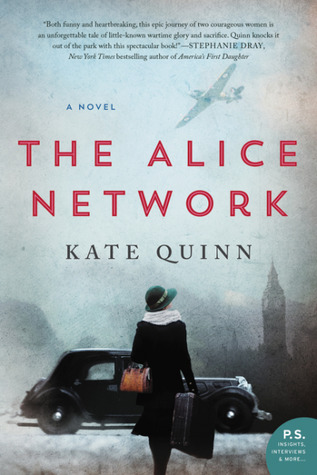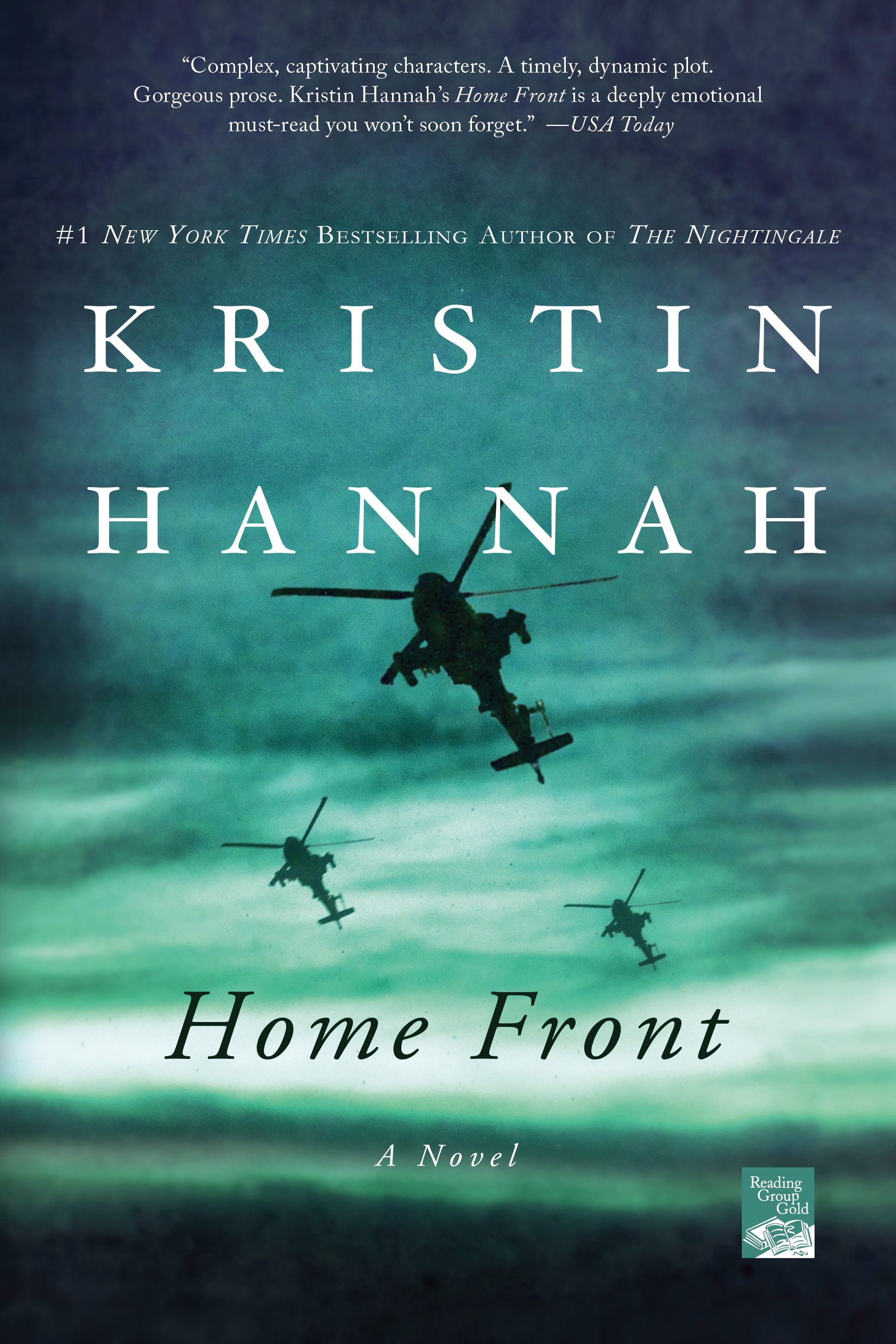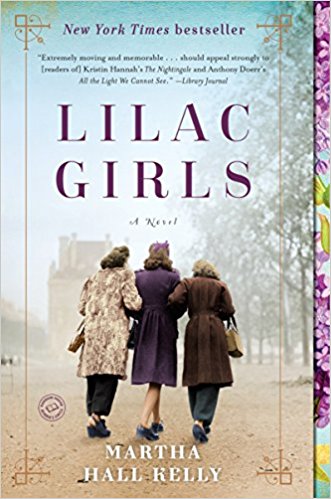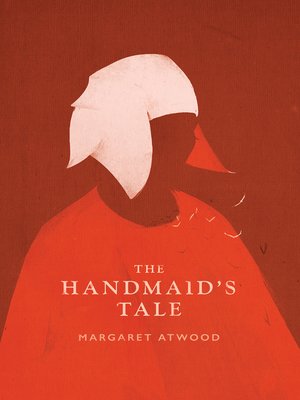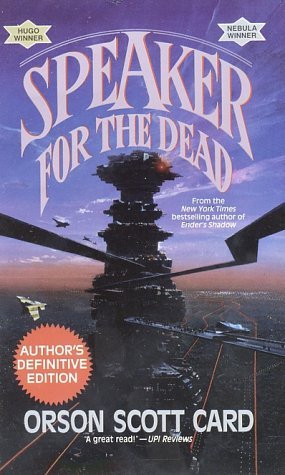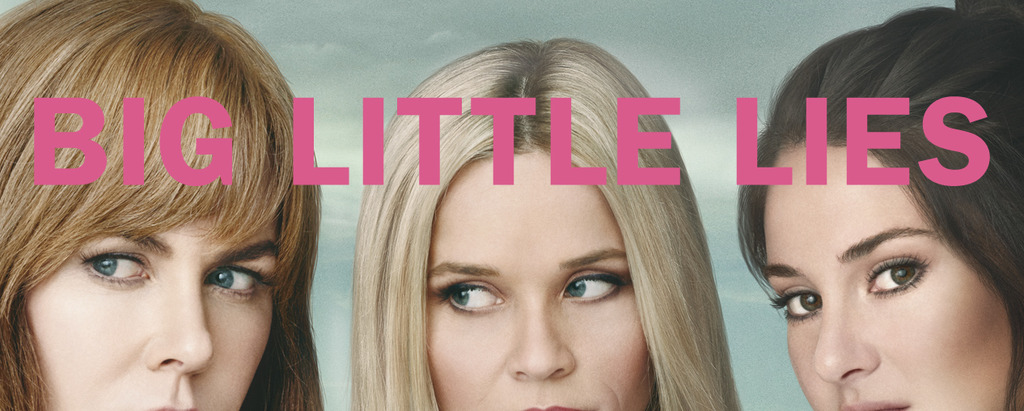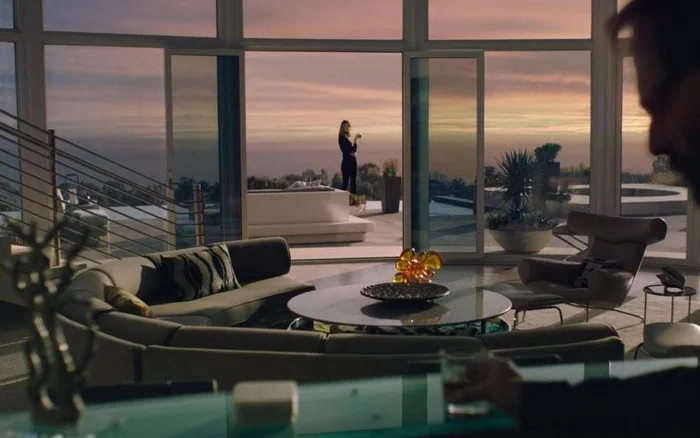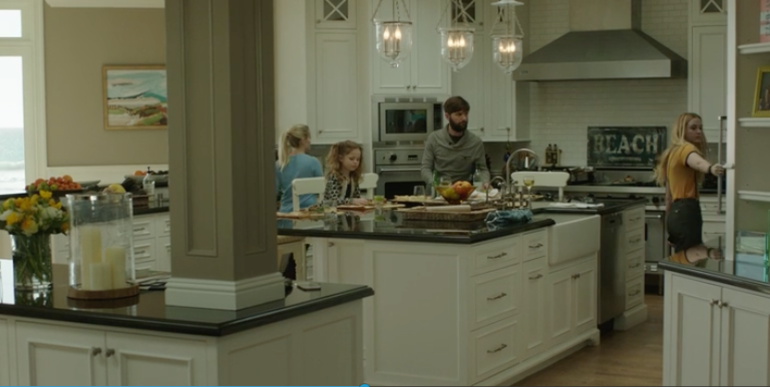If I’m being perfectly honest, the past few months haven’t been very book-filled. What with virtual college, slogging through a never-ending workload, a deluge of final exams and projects, and – ahem – the global pandemic, I’ve lately been taking refuge in some delightful TV binges.
Since I don’t have much in the way of books to review, I thought I would instead take a closer look at some of my latest Netflix (and Hulu, Amazon Prime, etc) indulgences.
The Queen’s Gambit
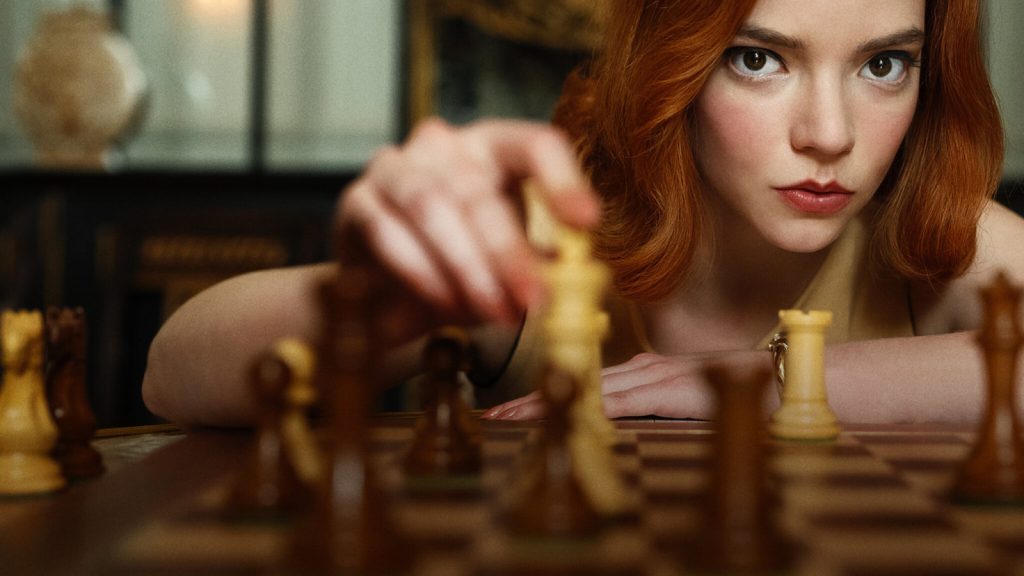
I think this is one of the best dramas I’ve ever watched. I watched the show over two breathless evenings and was completely captivated by the plot, the acting, the characters, everything just came together flawlessly.
This show follows a young chess prodigy, Beth Harmon, as she navigates the thorny world of international chess competitions along with addiction, loss, and more. The writing and directing are simply on another level, while the costumes/design are clever and cohesive. It’s visually stunning with well-chosen close-ups, but the best part is definitely the characters and the writing. Anya Taylor-Joy is a marvel, and the supporting cast is fantastic. From her adoptive mother, to Jolene, to Benny Watts, every character was perfectly fleshed out. And the chess sequences were gripping and suspenseful.
Maybe the best part is that while show itself is quite serious, it ends on an uplifting note — it left me optimistic, satisfied, and excited for the future.
The Haunting of Bly Manor
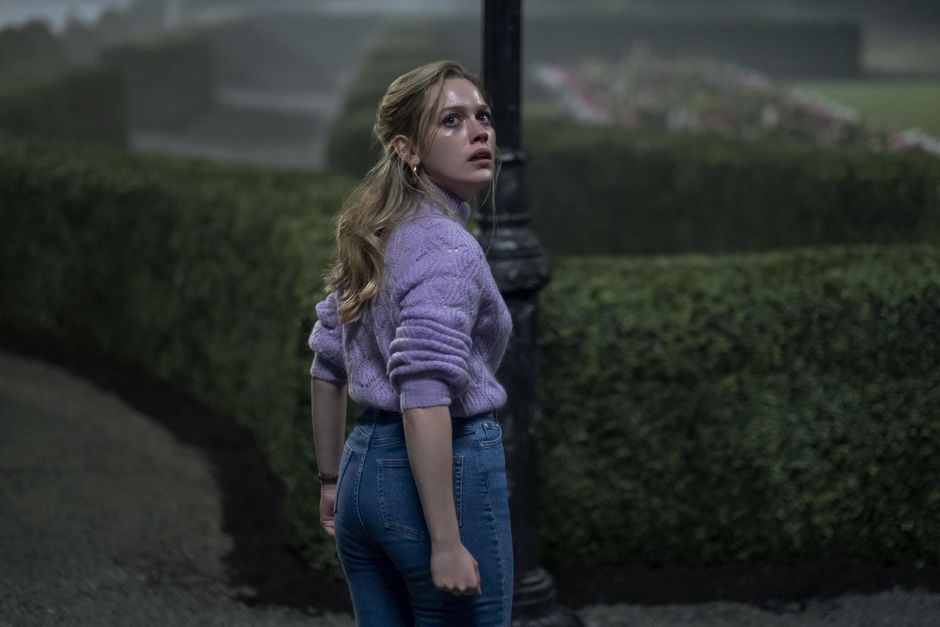
I’m quite faint-of-heart when it comes to horror. The first horror book that I ever read was Carrie. I spent half the night tearing through the book, and the other half cowering under my blankets with the lights on. So this Halloween I decided to prove to myself that I could handle horror by binging this show. Turns out it wasn’t actually that scary; instead it was ABSOLUTELY TRAGIC.
Objectively speaking it was a great, ambitious show with an unnervingly twisty storyline, wonderfully developed characters, and a very sweet love story. Episode 5 in particular is fantastic. It explores themes of guilt and grief, and the dark mood is anchored by a strong heart and wonderful acting. I just wasn’t prepared for the ending because I’m such a clown I forgot that no romance can end well in a gothic horror show. I do recommend Bly Manor, but maybe keep a box of tissues handy for the finale.
Emily in Paris

Let’s be honest — this show probably wouldn’t have gotten a quarter of the attention it received if we hadn’t all been trapped in our living rooms for the past eight months. Like everyone else I binged it basically the day it came out. It’s light-hearted, funny, and mindless with enough beautiful shots of Paris to be everyone’s fall escapist travel fantasy.
The Morning Show

I haven’t yet watched a show produced by Reese Witherspoon that I haven’t liked. The Morning Show was simultaneously intensely watchable and very heavy-handed. It tackles an important topic, but isn’t nearly as thought-provoking as I hoped it would be, and at times the message is obscured by the more WTF elements of the plot. Overall though, its a good binge and a nice showcase for Jennifer Aniston’s acting.
The Crown (Season 4)
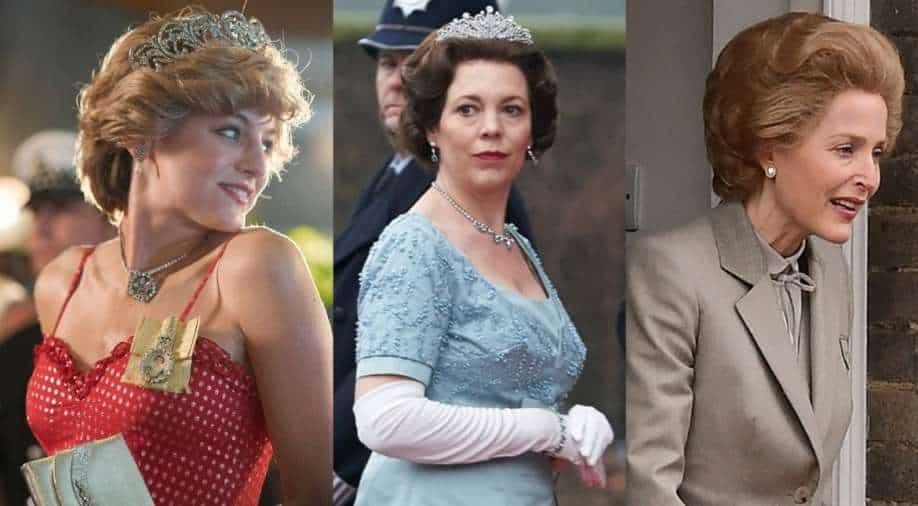
The Crown was probably one of the most anticipated releases of the year. And this season was the one that everyone, from avid fans to casual viewers, was waiting for. Anyone who claims otherwise is lying.
A lot of expectations rode on this season. This is when we finally enter the “modern” era — the time that many if not most viewers lived through and remember vividly. This is when we finally get the payoff that Season 3 carefully built up to. This is when we finally get Margaret Thatcher and Princess Diana!
This was, in my opinion, the best season of The Crown so far, and I’m not just saying that because it had the juiciest drama. This season is when the show finally draws back the veneer of intrigue and takes a hard look at the darker sides of the royal family, depicting them with a pointed clarity that was missing from previous seasons. The show casts aside the nostalgia from previous seasons, and instead offers a front row seat to witness how an imperialistic relic of an institution slowly crumbles.
Gillian Anderson and Emma Corrin both turn in fantastic performances. Anderson is perfect as the polarizing, forceful Thatcher, adding wonderful shades to her relationship with the Queen. Meanwhile Corrin is breathtakingly fragile as the young Diana, portraying her with such empathy, emotion, and implicit tragedy that as the viewer you just must root for her.
Derry Girls
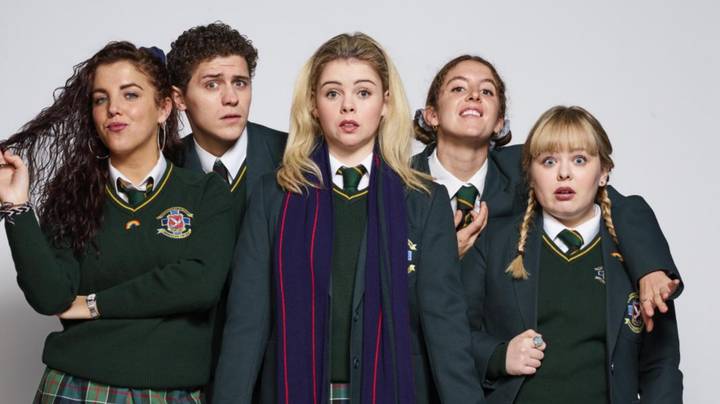
I’m closing with this one because I absolutely ADORE this show. It’s a sitcom about five crackpot Irish teens amidst the backdrop of the violence and turmoil of ’90s Ireland. It’s short — each season is about the length of a long movie — but possibly the funniest show I’ve ever seen. It has everything — raunchy humor, lightning quick dialogue, ridiculous situational humor, warm sincerity, and dumb yet lovable characters. As a bonus, you’ll learn some fun Northern Irish slang.
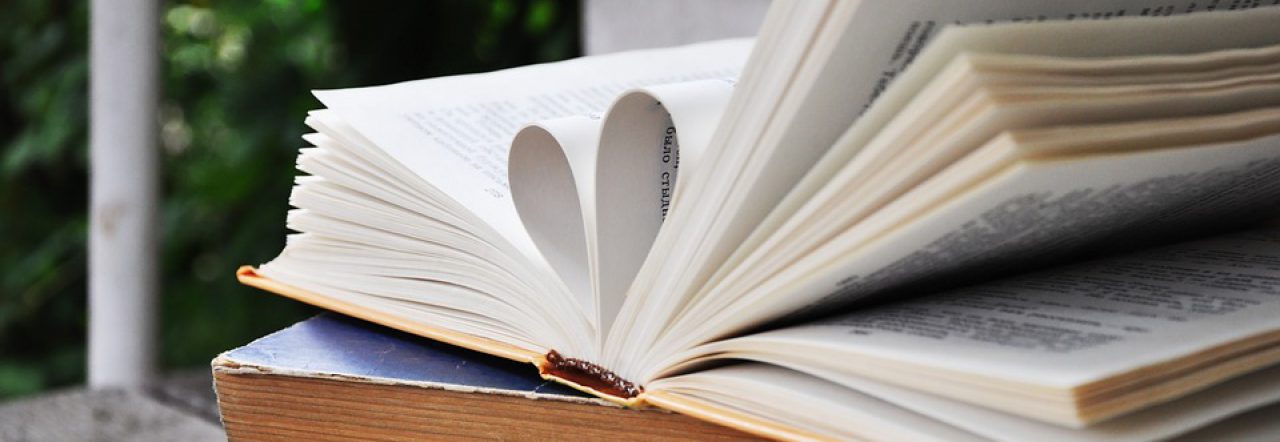
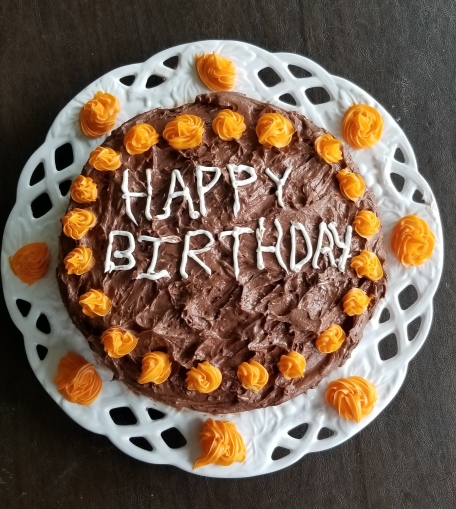
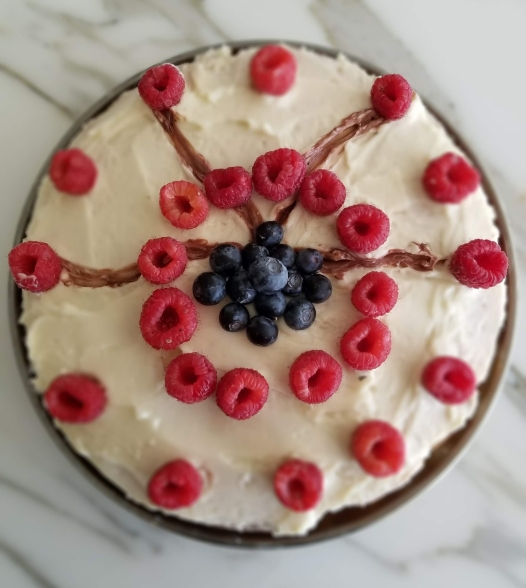
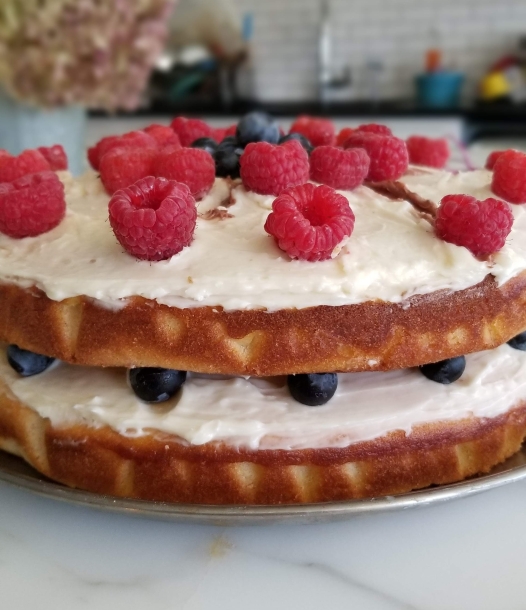
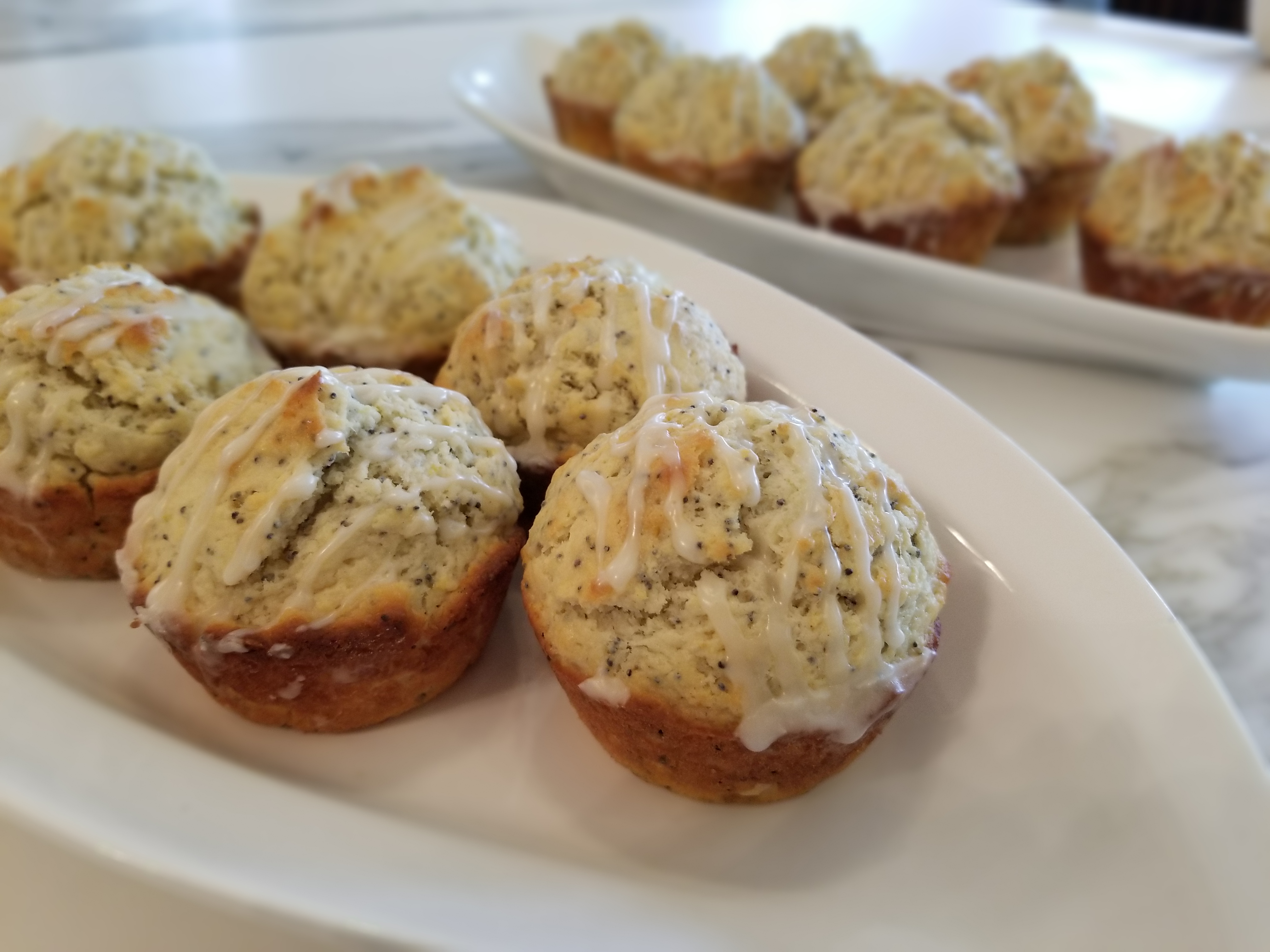
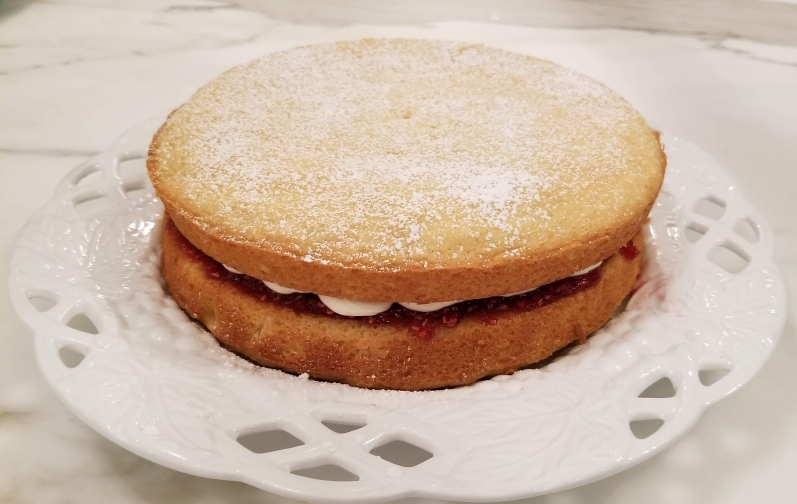
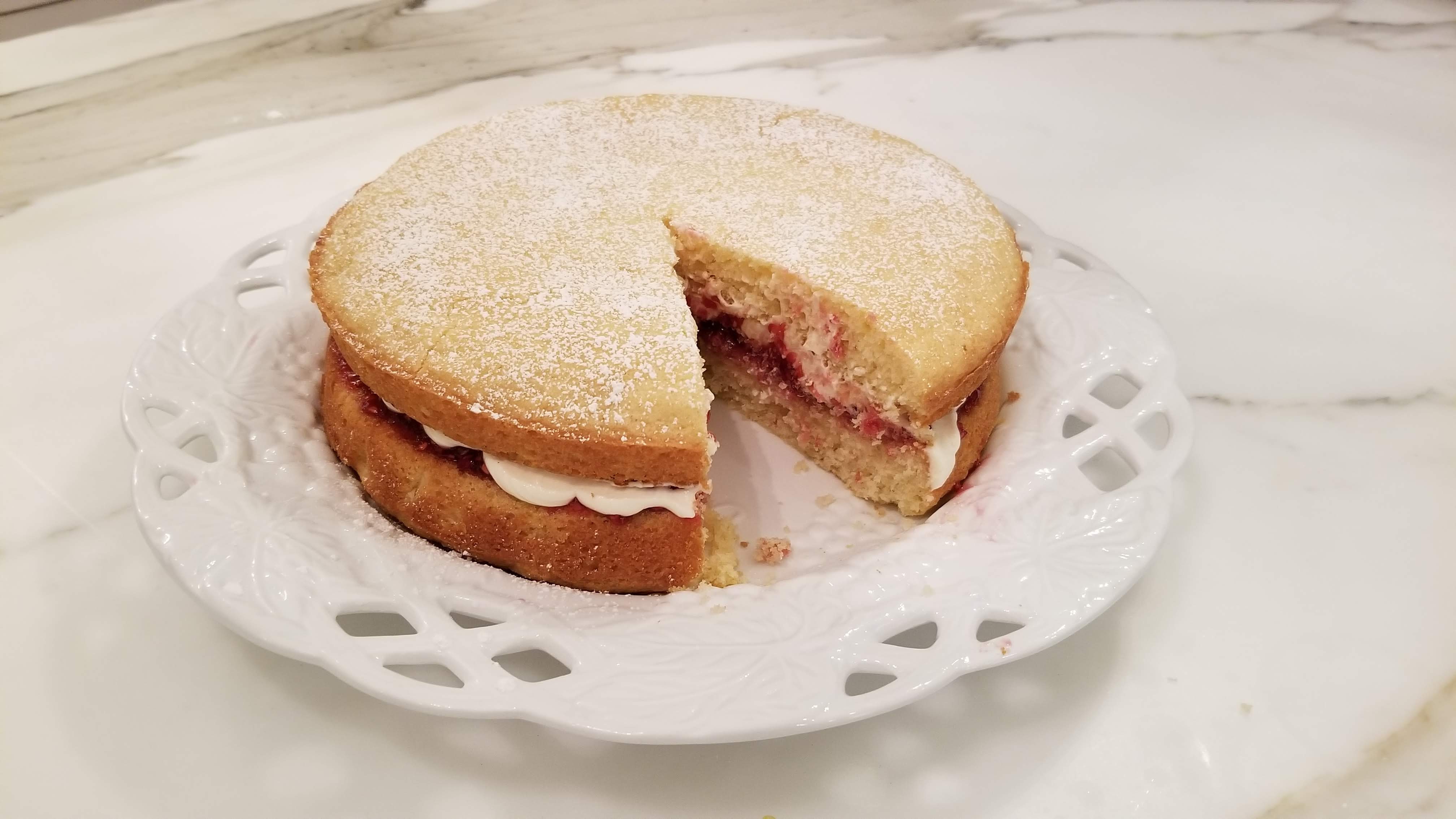
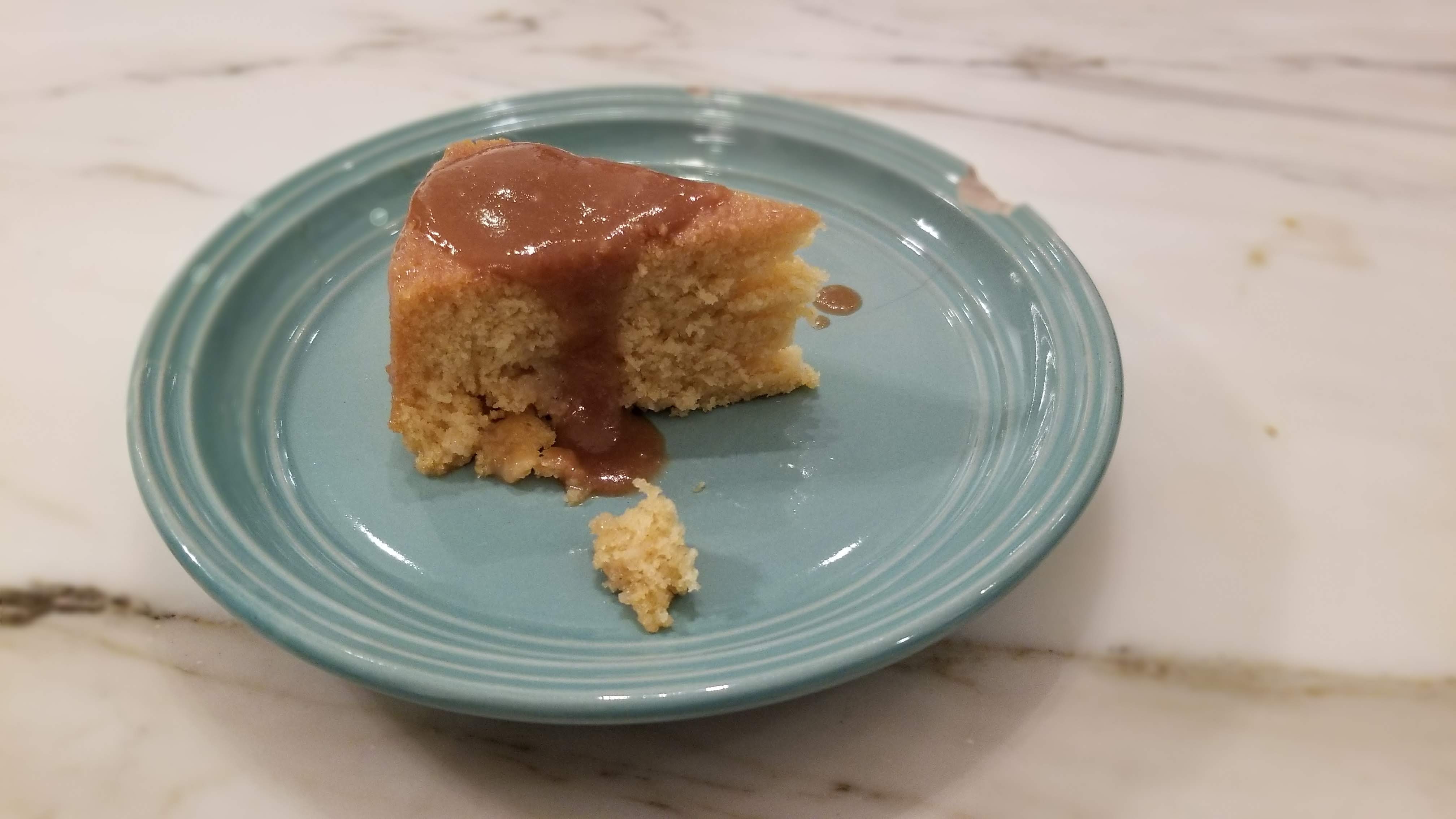
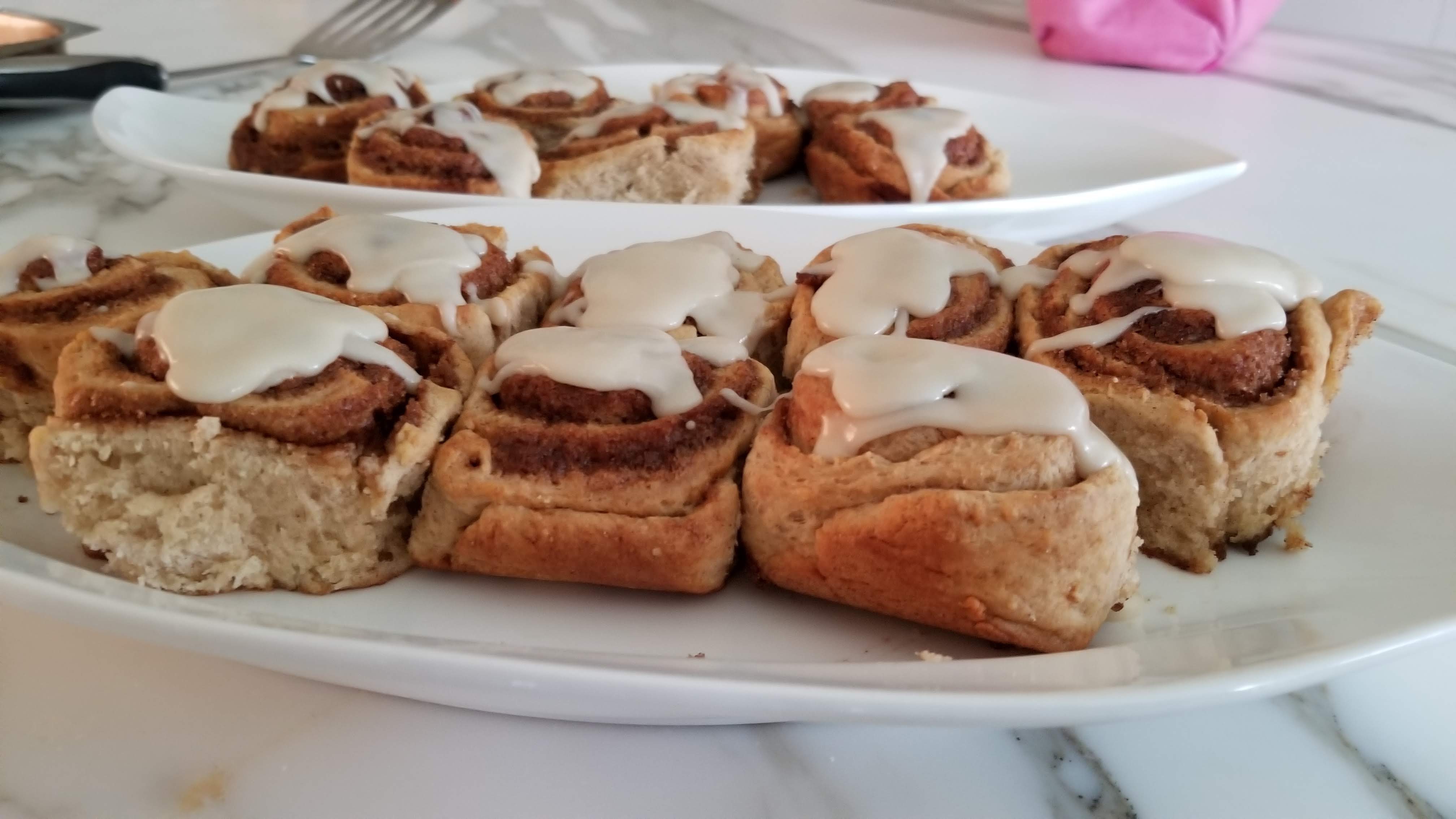
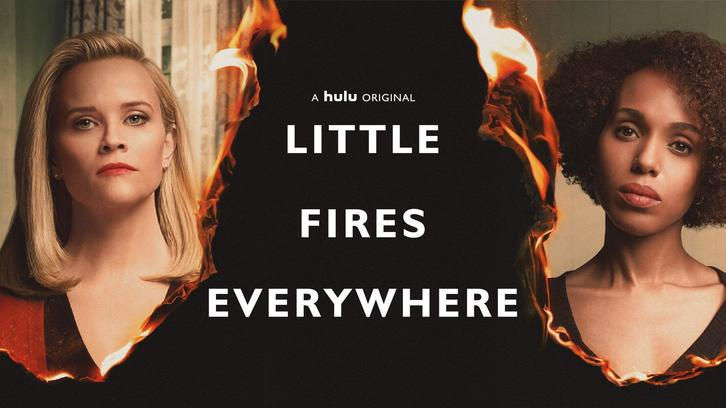
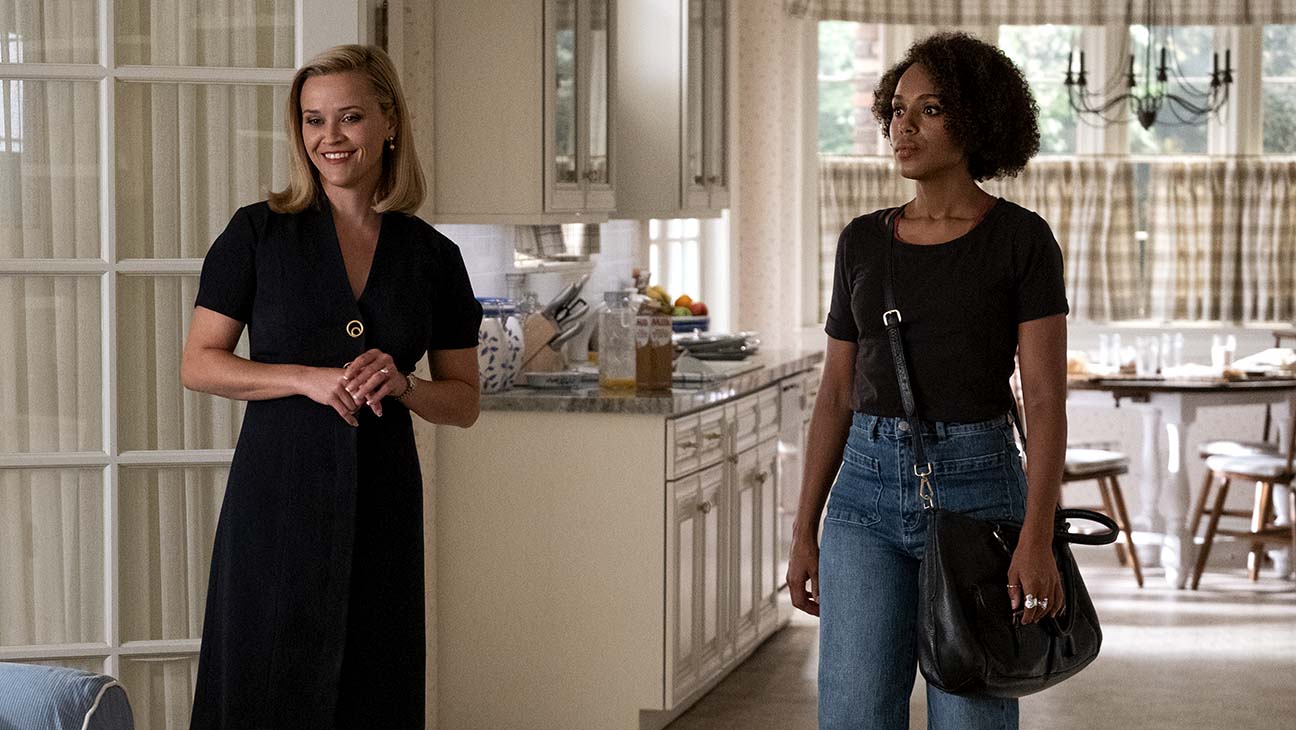
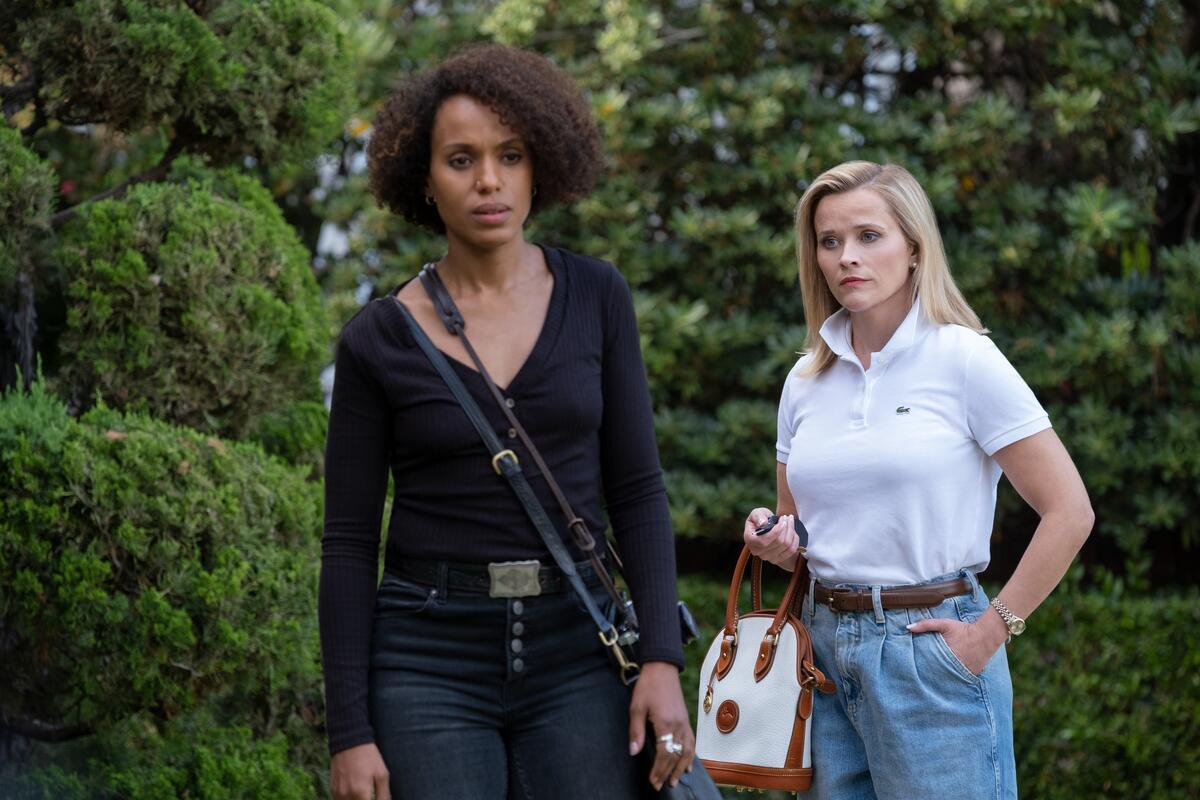 So far, these first 2 episodes get Elena and Mia’s relationship right. And that’s crucial because it’s the core of the story. From the beginning, every scene with Elena and Mia crackles with tension. It’s the little details that top it off — Witherspoon pasting a bright smile over an awful remark, Washington gritting her teeth, her face muscles twitching.
So far, these first 2 episodes get Elena and Mia’s relationship right. And that’s crucial because it’s the core of the story. From the beginning, every scene with Elena and Mia crackles with tension. It’s the little details that top it off — Witherspoon pasting a bright smile over an awful remark, Washington gritting her teeth, her face muscles twitching.